Baba Ghannuj: A Spicy Journey Through Global Flavors (With 5 Must-Have Tips!)
Table of Contents
Introduction to Baba Ghannuj
Baba Ghannuj is a traditional spice blend that originates from the Middle East, particularly popular in Lebanon and other Arab countries. This aromatic mix is known for its rich, smoky, and slightly sweet flavor profile, making it a favorite among spice enthusiasts and professional chefs alike.
The name 'Baba Ghannuj' translates to 'father of the eggplant,' which hints at its use in dishes like baba ghanoush, a beloved dip made from roasted eggplant, tahini, garlic, and lemon juice. While the term is often associated with this dish, it can also refer to the spice itself, used to enhance the depth of flavor in various recipes.
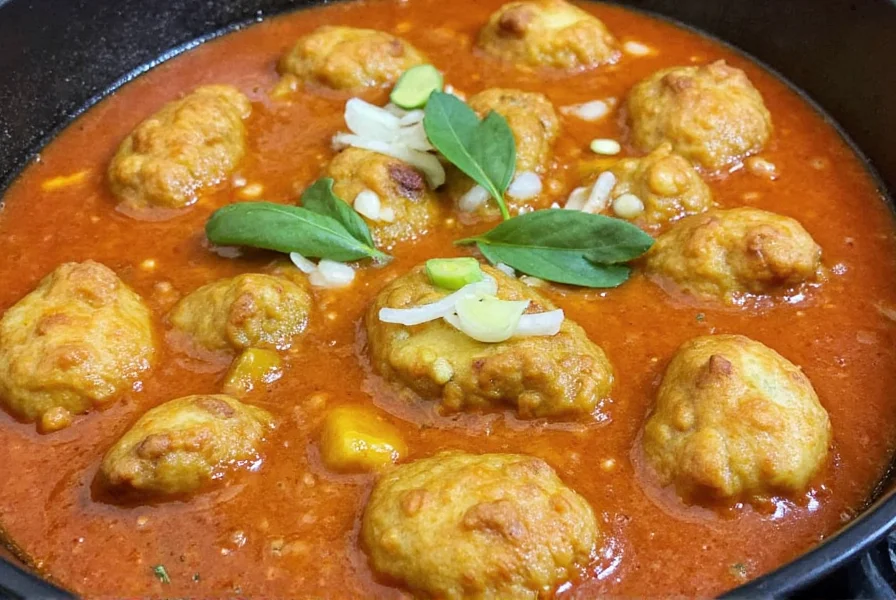
Global Spice Traditions and Baba Ghannuj
Spices have played a vital role in shaping global cuisines for centuries. From the fiery chilies of Mexico to the fragrant saffron of Spain, each region has developed unique spice traditions that reflect their culture, climate, and history. Baba Ghannuj is no exception—it's a perfect example of how a single spice blend can carry the essence of an entire culinary tradition.
In the Middle East, spices are not just ingredients—they're stories, memories, and rituals. Baba Ghannuj is often used in both everyday cooking and special occasions, adding a warm, earthy note to grilled meats, stews, and even desserts. Its versatility makes it a must-have for anyone exploring global flavors.
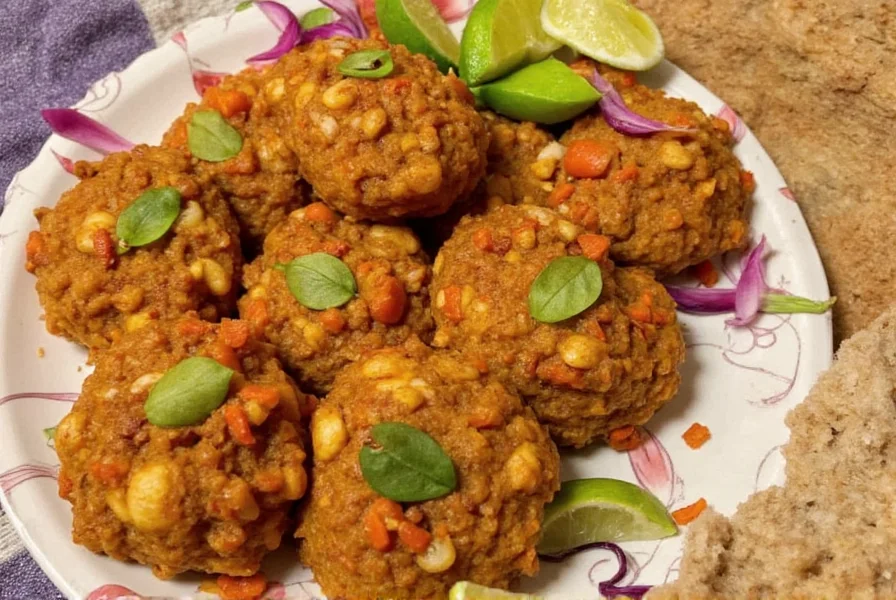
How Baba Ghannuj Differs from Other Spices
While many spices are singular in nature—like cumin, coriander, or paprika—Baba Ghannuj is a complex blend that includes ingredients such as:
- Smoked paprika
- Cumin
- Oregano
- Garlic powder
- Lemon zest
- Black pepper
This combination gives it a distinct smokiness and depth that sets it apart from other spice blends. It's often compared to za'atar or ras el hanout, but with a more pronounced roasted flavor.
| Spice Blend | Main Ingredients | Flavor Profile |
|---|---|---|
| Baba Ghannuj | Smoked paprika, cumin, oregano, garlic, lemon zest | Smoky, earthy, slightly sweet |
| Za’atar | Oregano, thyme, sesame seeds, sumac | Tangy, herby, nutty |
| Ras el Hanout | Multiple spices including cumin, cinnamon, nutmeg | Complex, aromatic, slightly sweet and spicy |
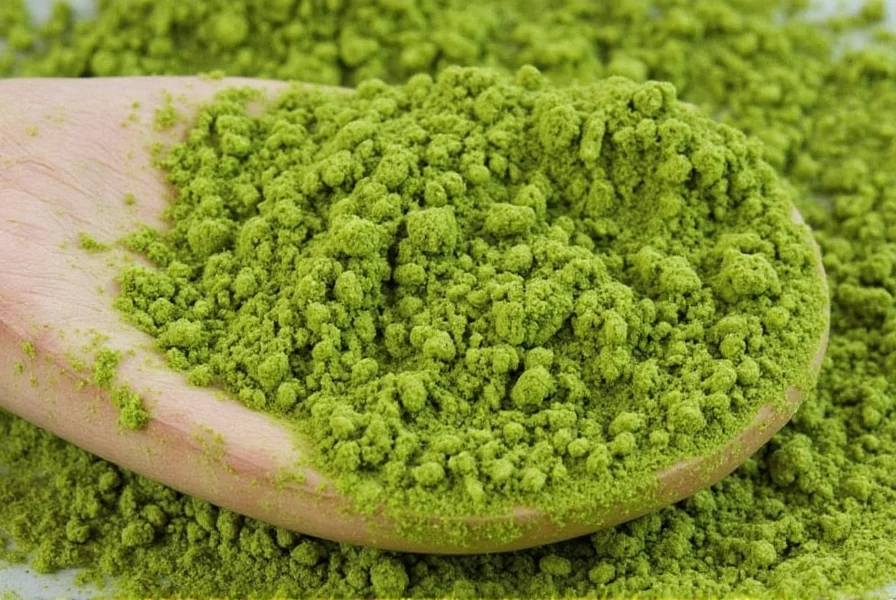
5 Practical Tips for Using Baba Ghannuj
If you're new to Baba Ghannuj, here are five practical tips to help you make the most of this incredible spice blend:
- Use it in Grilled Dishes: Sprinkle it over grilled chicken, lamb, or vegetables before or after cooking to add a smoky, savory flavor.
- Enhance Stews and Soups: Add a pinch of Baba Ghannuj to slow-cooked stews or soups to deepen the taste and give it a Middle Eastern twist.
- Make a Flavorful Dip: Mix it into hummus, baba ghanoush, or yogurt-based dips for extra complexity and warmth.
- Season Roasted Vegetables: Toss roasted eggplant, zucchini, or carrots with Baba Ghannuj for a deliciously smoky side dish.
- Experiment with Desserts: Believe it or not, this spice can add a subtle depth to certain desserts like spiced cakes or cookies.
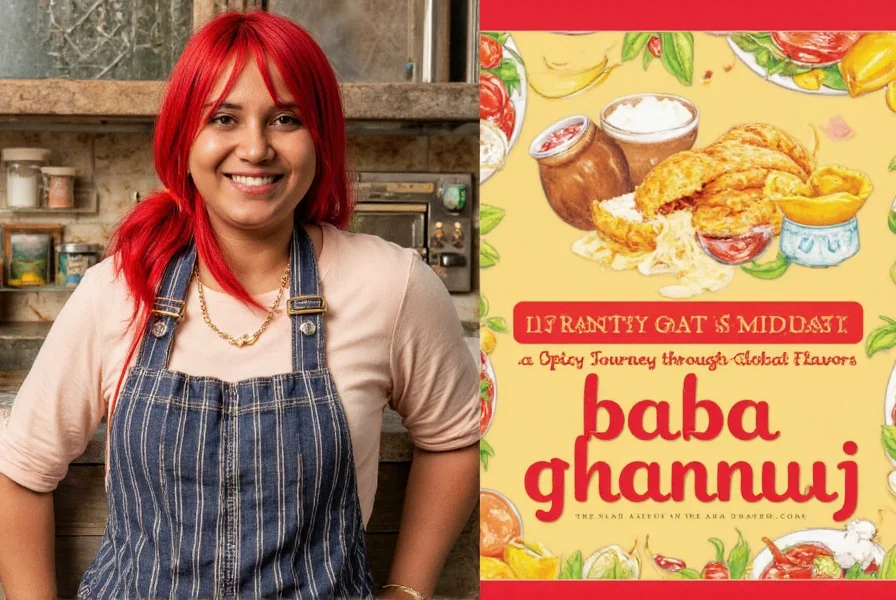
Buying Guide for Baba Ghannuj
When purchasing Baba Ghannuj, it's important to choose high-quality blends that preserve the integrity of the spices. Here's what to look for:
Features to Consider
- Origin: Look for blends from reputable Middle Eastern sources, especially Lebanon or Syria, where the spice is traditionally made.
- Ingredients: Check the label for natural, non-artificial ingredients. A good blend should include smoked paprika, cumin, oregano, garlic, and lemon zest.
- Texture: The spice should be finely ground but not overly powdery. Avoid anything that feels too coarse or mixed with fillers.
Recommended Products
1. Authentic Middle Eastern Baba Ghannuj
This premium blend is sourced directly from Lebanese spice markets and contains all-natural ingredients. It's ideal for those who want the authentic flavor without any additives.
- Features: Smoked paprika, cumin, oregano, garlic, lemon zest
- Advantages: Rich flavor, natural ingredients, great for cooking and seasoning
- Use Cases: Grilled meats, stews, dips, roasted vegetables
- Target Audience: Home cooks and professional chefs looking for authenticity
- Suitable Occasions: Everyday meals, family gatherings, special events
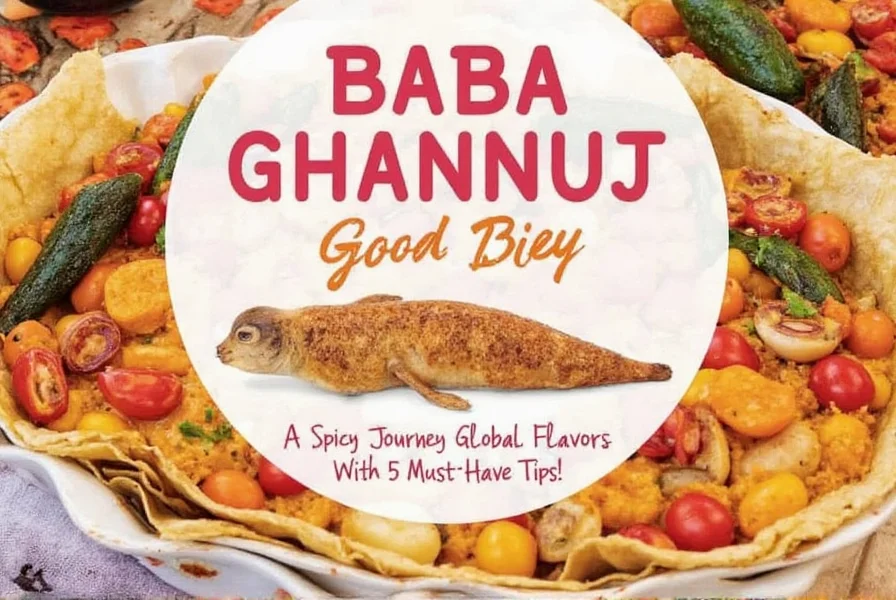
2. Organic Baba Ghannuj Blend
This organic version is perfect for health-conscious consumers. It's free from preservatives and artificial flavors, making it a great choice for those who prefer clean eating.
- Features: Organic spices, no artificial additives
- Advantages: Healthy option, gentle on the palate
- Use Cases: Lighter dishes, salads, marinades
- Target Audience: Health-focused individuals and vegans
- Suitable Occasions: Lunches, snacks, casual dinners
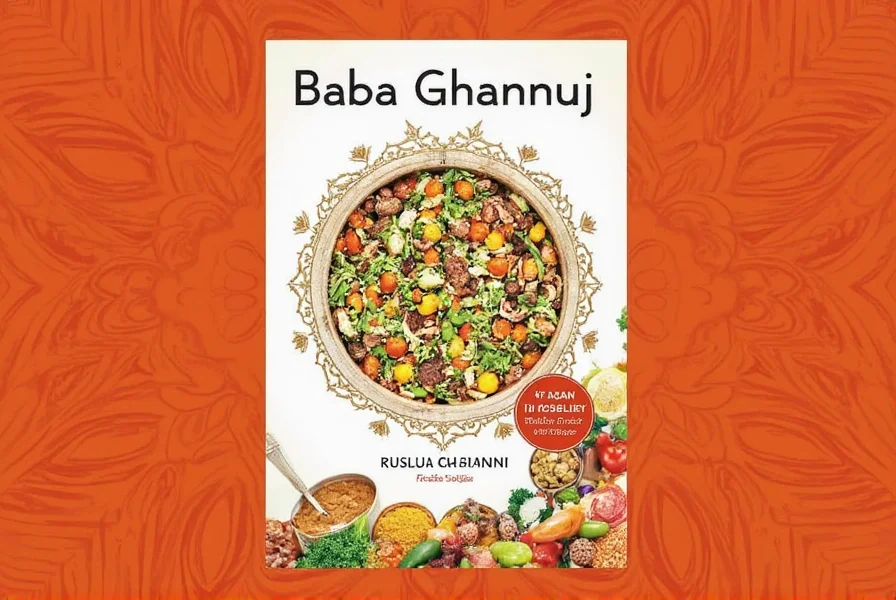
3. Ready-to-Use Baba Ghannuj Paste
If you're short on time, this paste version is a game-changer. Simply spread it on bread, mix into dips, or use as a rub for meats.
- Features: Smooth consistency, ready to use
- Advantages: Time-saving, easy to apply
- Use Cases: Appetizers, sandwiches, sauces
- Target Audience: Busy cooks and quick meal enthusiasts
- Suitable Occasions: Weeknight dinners, picnics, brunches
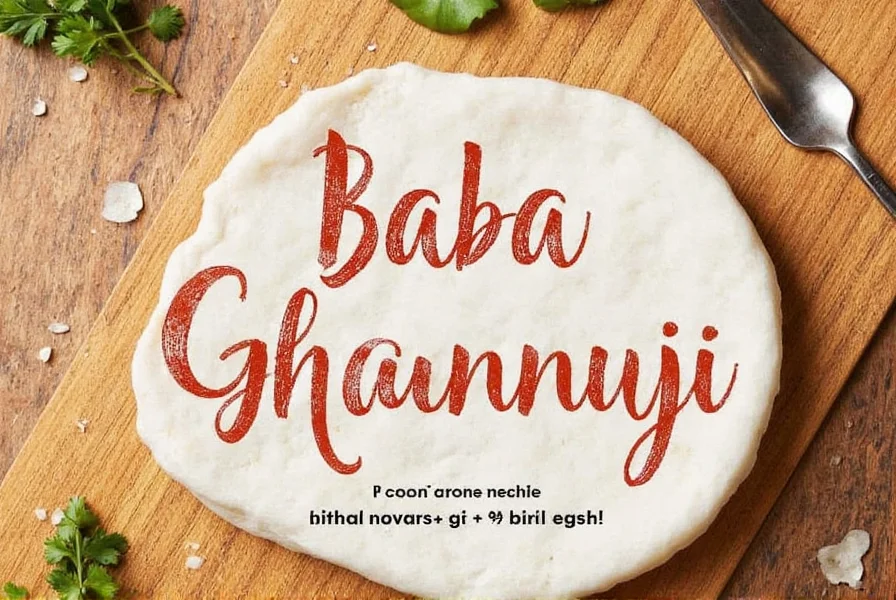
Conclusion
Baba Ghannuj is more than just a spice—it’s a window into the rich and diverse world of global cuisine. Whether you're a seasoned chef or a curious home cook, this versatile blend offers endless possibilities for flavor exploration.
By understanding its origins, learning how to use it effectively, and choosing the right product, you can elevate your cooking and bring a touch of the Middle East into your kitchen. So why not give Baba Ghannuj a try? You might just discover a new favorite spice.
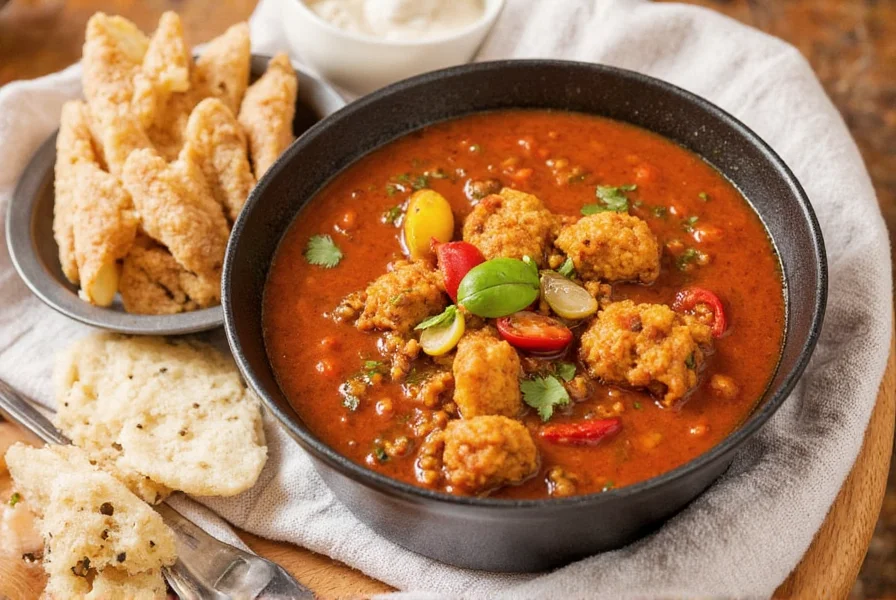
As the saying goes, “A dish without spice is like a day without sunlight.” With Baba Ghannuj, you’re sure to bring that spark to your next meal.

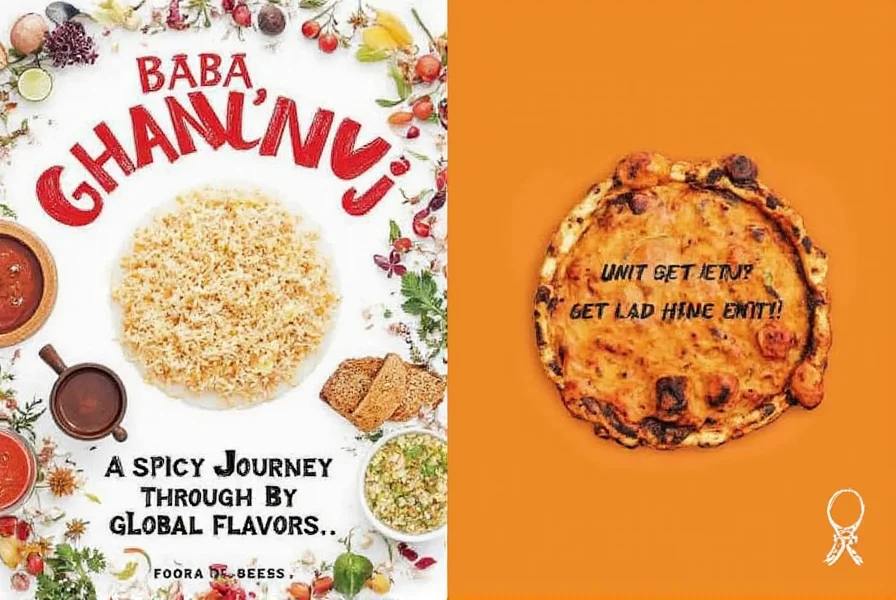









 浙公网安备
33010002000092号
浙公网安备
33010002000092号 浙B2-20120091-4
浙B2-20120091-4